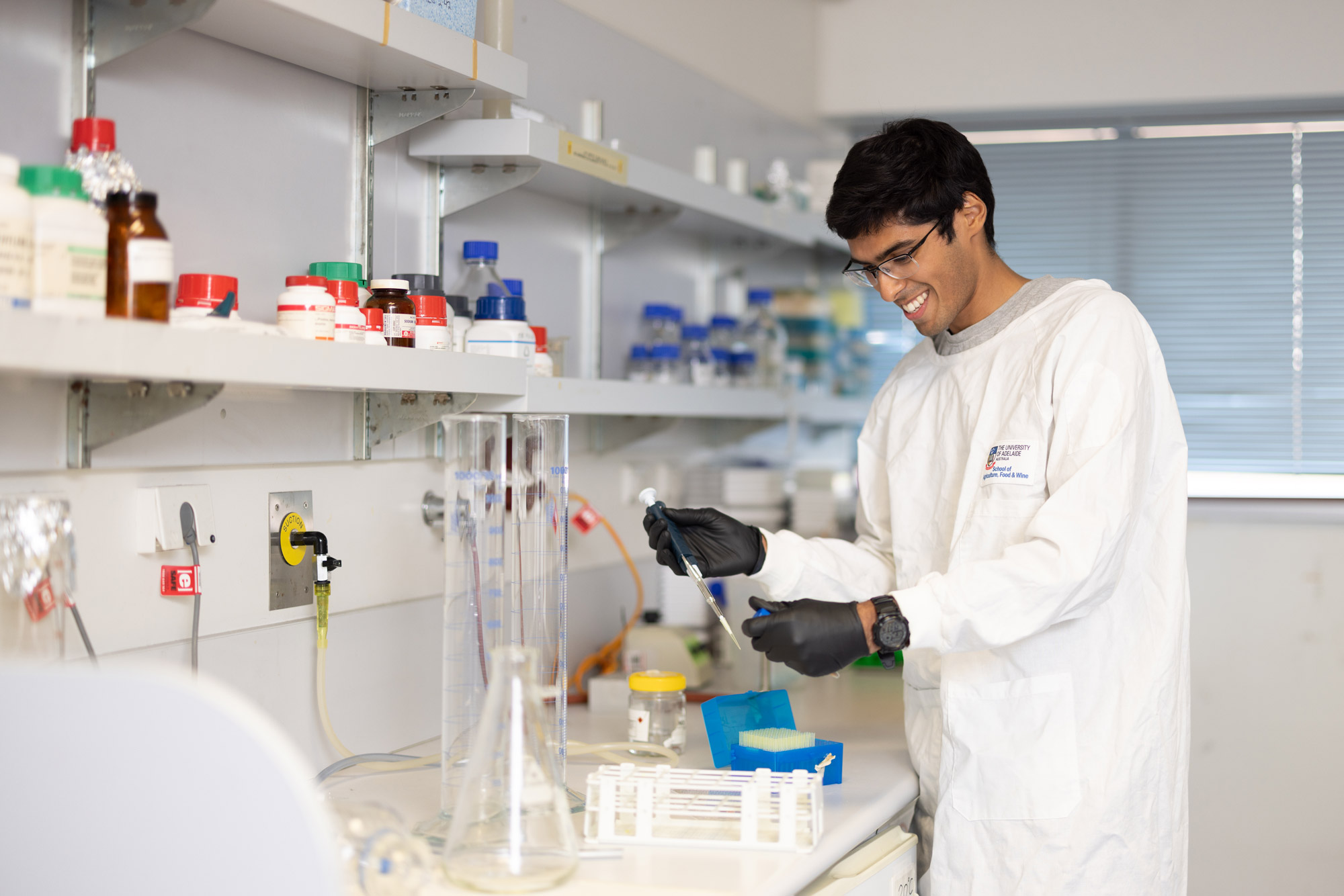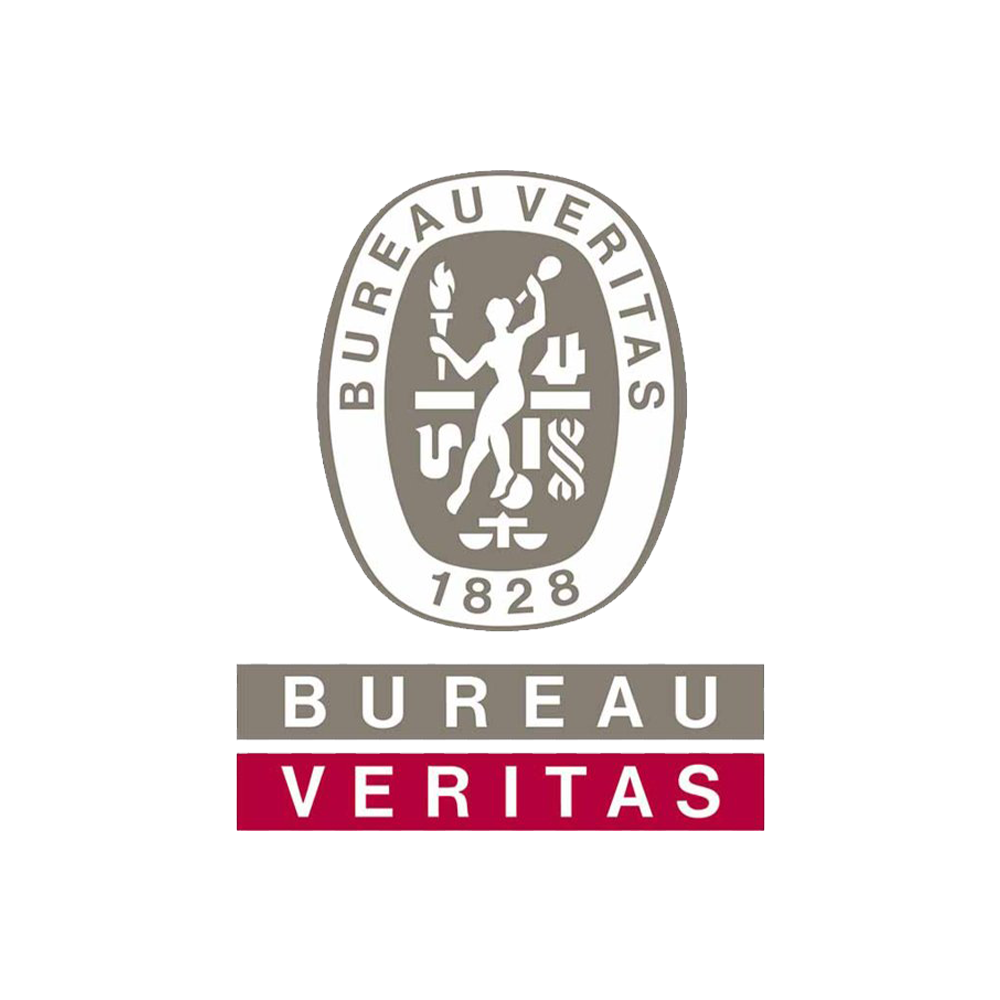Approach: This project will undertake research into breakthrough new bio-technology approaches for gold identification in the laboratory and in the mineral processing plant, and scope the potential for a novel low chemical-low energy biological extraction process.Results will be assessed against data from multiple sensor techniques and different gold samples.
Gold has high value and contributes significantly to revenue, even as a by-product for complex copper ores. Prompt-gamma neutron activation analysis (PGNAA) has very good sensitivity to gold at the percentage level but gold occurrences are measured in parts per million (ppm) and may be very unevenly distributed. Thus, gold sensing has been a challenge in run of mine ore and fine particle slurries for which traditional X-ray fluorescence (XRF) is insufficient (1 – 5).
An alternative approach is to sense gold through proteins that have evolved over millions of years to bind and sense gold. Through the converging fields of structural biology, synthetic biology, and biosensing, we are using protein engineering to produce designer, highly sensitive protein biosensors for gold. This allows nearly immediate detection of gold in the field.
This project analyses different gold binding proteins and allows them either directly or indirectly, through transcriptional activation, to produce fluorescence upon gold binding (6).
Applications that may arise from a successful outcome include a novel rapid technique for gold detection on the lab benchtop, and a new approach to gold sensing in real-time mineral processing by utilising a spray-on gold fluorescence activator created for cross-belt application.
The project is using a range of gold-bearing mineral samples and size fractions, for which data from methods such as fire assay, PGNAA, hyperspectral, XRF, MLA and SEM, as well as optical spectroscopy, fluorescence analysis and visual microscopy are being used.
This approach correlates various gold analysis techniques with the novel bio-technology approaches, enabling evaluation of the biological techniques for application in the mining industry, and defining the potential for further development of applications specific to gold and to other valuable elements. A future theme may be scoping research towards gold extraction by microbial gold digestion (7).






